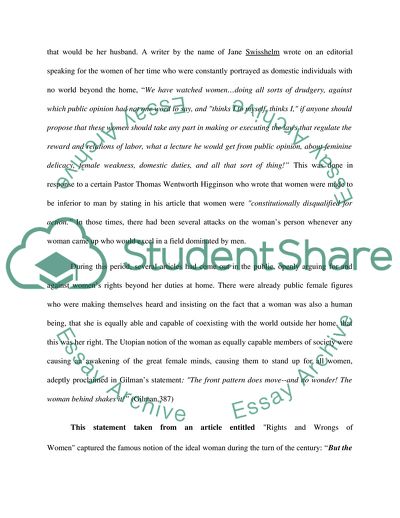Cite this document
(The Role of Women in History Assignment Example | Topics and Well Written Essays - 1500 words - 4, n.d.)
The Role of Women in History Assignment Example | Topics and Well Written Essays - 1500 words - 4. https://studentshare.org/social-science/1736478-research-essay
The Role of Women in History Assignment Example | Topics and Well Written Essays - 1500 words - 4. https://studentshare.org/social-science/1736478-research-essay
(The Role of Women in History Assignment Example | Topics and Well Written Essays - 1500 Words - 4)
The Role of Women in History Assignment Example | Topics and Well Written Essays - 1500 Words - 4. https://studentshare.org/social-science/1736478-research-essay.
The Role of Women in History Assignment Example | Topics and Well Written Essays - 1500 Words - 4. https://studentshare.org/social-science/1736478-research-essay.
“The Role of Women in History Assignment Example | Topics and Well Written Essays - 1500 Words - 4”. https://studentshare.org/social-science/1736478-research-essay.


